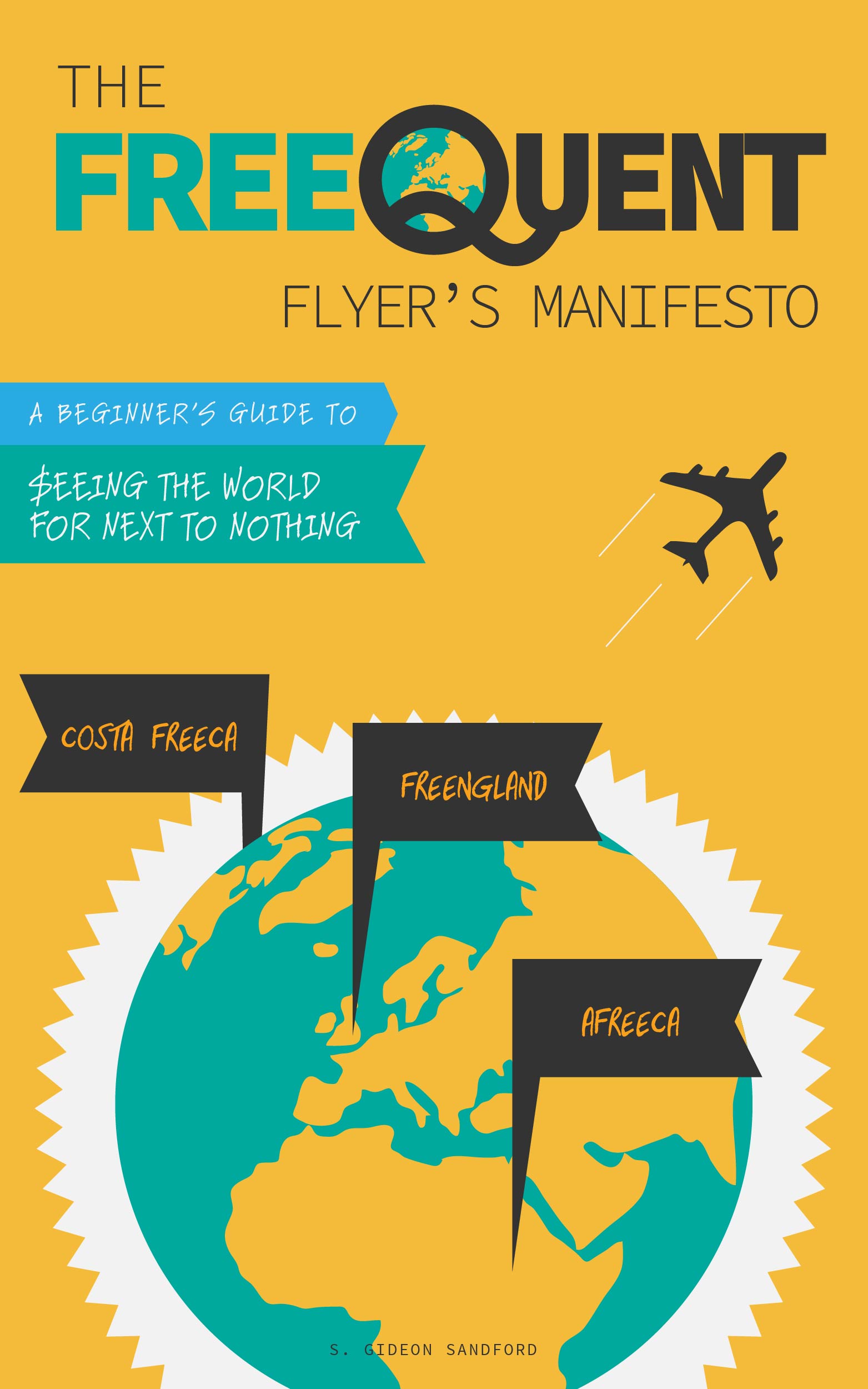Note that there are no American Express cards in this list. While there are some scattered reports of success having convenience store purchases coded as gas stations or grocery stores on American Express cards that bonus those categories, I am simply too skeptical to be able to make that recommendation to my readers. Proceed at your own risk.
Keep in mind that you can use my favorite technique for lowering your cost per dollar of manufactured spend to make these cards even more lucrative. Paired with Plink, you can reduce your cost per dollar very close to zero.
Citi ThankYou Preferred
This is the card I mentioned above. I applied for it back in January, when it was still possible to sign up for the card online, and receive 5 ThankYou points per dollar spent at gas stations, drug stores, and grocery stores for your first 12 statement periods. That offer has since expired, but there are reports of success signing up for the card under a similar bonus offer, good for 6 months instead of 12, in-branch at Citibank retail banking locations.
Chase Ink Cards
There are a number of credit and charge cards in the Ink family. Back in June I posted an overview of all the Ultimate Rewards-earning Chase cards, but the most important takeaway from that post is that while all the Ink cards earn 2 Ultimate Rewards points per dollar spent at gas stations, you must have at least one "flexible" Ultimate Rewards card to be able to transfer your points to Chase's airline, hotel, and rail partners, and to receive 1.25 cents per point in value when using Ultimate Rewards points for travel reservations using the Ultimate Rewards booking tool.
If you have access to "gas stations" that are willing to sell PayPal My Cash cards, Vanilla Reload Network reload cards, or Visa or MasterCard gift cards that can be used as PIN-based debit cards, then earning 2 Ultimate Rewards points per dollar using a Chase Ink card is one of the best deals available. Those points are already worth 2 cents if redeemed for cash back, 2.5 cents if used for airline bookings using the Ultimate Rewards portal (these paid tickets also earn frequent flyer miles), or potentially much more than that if transferred to a loyalty program like United MileagePlus, Hyatt Gold Passport, or Amtrak Guest Rewards for a high-value redemption.
US Bank Flexperks Travel Rewards
The Flexperks Travel Rewards card issued by US Bank earns Flexpoints, which can be redeemed for cash back at 1 cent each, or redeemed for paid travel at up to 2 cents each. The wrinkle here is that each month, you will earn 2 Flexpoints per dollar on unlimited purchases in one of three categories: grocery stores, gas stations, or airline tickets. The bonus category is whichever you spend the most money in during that statement period. That's why it's necessary to decide at the beginning of each statement period which category you'll be manufacturing spend in that month, and put your spend in the other 2 categories on other, more lucrative cards.
Chase Freedom, Discover it, Citi Dividend Platinum Select
These cards, described in Chapter 1 of my ebook, The Free-quent Flyer's Manifesto, have rotating quarterly bonus categories, which usually include gas stations for at least one quarter each year. In fact, the Chase Freedom bonused gas stations in both the first and third quarters of 2013, giving the possibility of earning 15,000 Ultimate Rewards points for $3,000 in manufactured spend at gas stations.
The Citi Dividend Platinum Select is exceptional among these 3 cards because rather than limiting your 5 points per dollar to $1,500 per calendar quarter, it is limited to $6,000 in spending ($300 in cash back) per calendar year, meaning if there's a particularly lucrative bonus category in one quarter, you can generate all $300 in that category, and throw the card into your sock drawer for the rest of the year.
BankAmericard Cash Rewards
This card isn't as wildly lucrative as the others discussed here, but it has a special place in my heart simply because it's the oldest card on my credit report, has no annual fee, and consequently I'll never close it. It's good for $45 in cash back each calendar quarter after spending $1,500 at gas stations, which I can do in in one trip on the first day of each quarter.
You can sign up for the Bankmericard here.
Wells Fargo Cash Back and Citizens Bank CashBack Platinum
Like the Citi ThankYou Preferred card discussed above, these cards have short-term signup bonuses which offer unlimited 5% cash back in all three of the most lucrative manufactured spending categories: gas stations, drug stores, and grocery stores.
You can sign up for the Wells Fargo card here and the Citizens Bank card here.
Huntington Voice
This relatively new product (it didn't make it into the latest edition of my ebook) allows you to choose one category each calendar quarter in which you'll earn 3% cash back on up to $2,000 in purchases. You can see a list of eligible purchase categories here and apply for the card here.
Chase United MileagePlus Business Explorer
This card has remarkable earning potential in the gas station bonus category because, like the American Express Premier Rewards Gold card, it both bonuses gas station purchases at 2 miles per dollar and gives 10,000 bonus miles after $25,000 in purchases annually. That means that if you spend all $25,000 at gas stations, you'll earn a remarkable 60,000 United MileagePlus miles, or 2.4 miles per dollar. If you conservatively value MileagePlus miles at 1.8 cents each, that's 4.32 cents in value per dollar of manufactured spend, making it one of the most valuable opportunities to manufacture such high volumes of spend, especially if you're able to also sign up under one of the very valuable signup bonus offers I wrote about here (I'm no longer able to pull up those offers).


